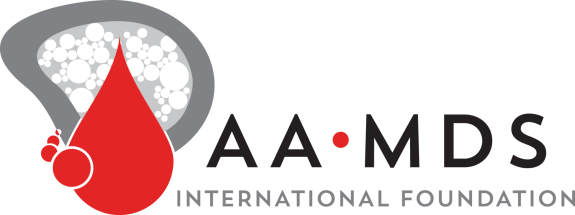Higher-risk myelodysplastic syndromes (HR-MDS) are clonal myeloid neoplasms that cause life-limiting complications from severe cytopenias and leukemic transformation. Efforts to better classify, prognosticate, and assess therapeutic responses in HR-MDS have resulted in publication of new clinical tools in the last several years. Given limited current treatment options and suboptimal outcomes, HR-MDS stands to benefit from the study of investigational agents.Higher-risk myelodysplastic syndromes (HR-MDS) are a heterogenous group of clonal myeloid-lineage malignancies often characterized by high-risk genetic lesions, increased blood transfusion needs, constitutional symptoms, elevated risk of progression to acute myeloid leukemia (AML), and therapeutic need for allogeneic bone marrow transplantation. Use of blast percentage and other morphologic features to define myelodysplastic neoplasm subtypes is rapidly shifting to incorporate genetics, resulting in a subset of former HR-MDS patients now being considered as AML in presence of leukemia-defining genetic alterations. A proliferation of prognostic tools has further focused use of genetic features to drive decision making in clinical management. Recently, criteria to assess response of HR-MDS to therapy were revised to incorporate more clinically meaningful endpoints and better match AML response criteria. Basic science investigations have resulted in improved understanding of the relationship between MDS genetic lesions, bone marrow stromal changes, germline predispositions, and disease phenotype. However, therapeutic advances have been more limited. There has been import of the IDH1 inhibitor ivosidenib, initially approved for AML; the Bcl-2 inhibitor venetoclax and liposomal daunorubicin/cytarabine (CPX-351) are under active investigation as well. Unfortunately, effective treatment of TP53-mutated disease remains elusive, though preliminary evidence suggests improved outcomes with oral decitabine/cedazuridine over parenteral hypomethylating agent monotherapy. Investigational agents with novel mechanisms of action may help expand the repertoire of treatment options for HR-MDS and trials continue to offer a hopeful therapeutic avenue for suitable patients.
